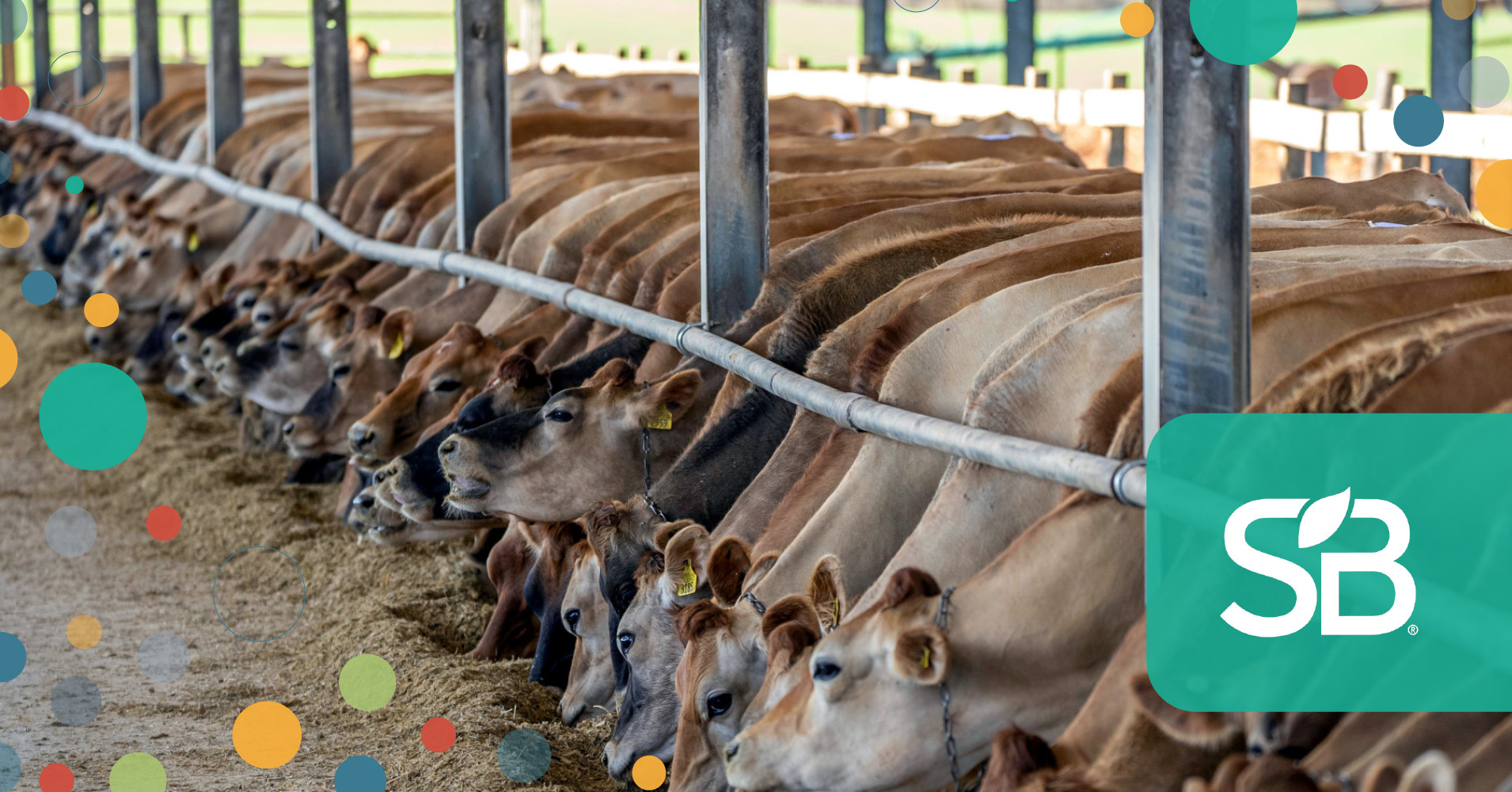Everybody is aware of there could also be giant focus inside the usual meals {{industry}},
which is not distinctive to meals — it permeates most fundamental industries
(FAANG throughout the tech
{{industry}}, as an illustration). Economists can focus on regarding the financial points it
creates;
nonetheless the native climate, soil and nicely being (CSH) costs of this food-industry
focus are typically ignored.
From my viewpoint, there are three key developments that obtained us proper right here:
-
Coming out of World Battle II, the manufacturing of chemical compounds we used to kill
Nazis “wanted to” be repurposed. So, what did we do? We created pesticides,
herbicides and fertilizers to unfold on human meals. -
Earl Butz, the Sec’y of
Agriculture about 50 years previously, said it’s all about farms getting BIG (or
going home). -
What adopted was a flowery internet of USDA subsidies throughout the tens of
billions of {{dollars}} that incentivize the {{industry}} and habits we have
within the current day. The downstream outcomes of the following giant shift to monoculture
crops to qualify for federal subsidies have been to weaken the resilience
of US
agriculture.
The following CSH costs are shortly degrading and disappearing
topsoil,
lack of giant carbon sequestration
potential
in our soil, and a proliferation of extraordinarily processed (sugar, artificial
the whole thing, and so forth) meals that has led to giant public healthcare
costs
(none of this could be a political assertion on these penalties, by the best way during which — they
are merely info).
Which brings us to the rising movement spherical
pure
and regenerative
agriculture:
It is an “reply” to all of this, and it has an underlying monetary engine.
For the time being, these additional holistic approaches to rising meals solely characterize roughly
1-2 % of world
agriculture;
nonetheless rising momentum from
producers,
producers,
financiers
and
clients
current some hope: The worldwide regenerative ag market accounted for US$1.31
billion in 2024 and is projected to surpass spherical US$5.77 billion by
2034 —
representing a healthful CAGR of 15.97 % throughout the subsequent 10 years.
Nonetheless throughout the meantime, one of many fundamental and brutal outcomes of this
current market focus is that farmers and producers have no market vitality
or leverage. When the US’ ‘Large 4’ beef
packers
restore prices by limiting their
manufacturing,
as an illustration, they’re (just like for each different crop or livestock) screwing over
every farm that gives them — and folks farms have no various. If you would like a
quick, evocative synopsis of all this, be all ears to cattleman Will Harris on Joe
Rogan two years previously; and I had a
present dialog with Strategic Info Service’s
Future in Analysis podcast about
why meals costs lots and what to do about it. Moreover, check out the documentary,
Kiss the Ground; and its sequel, Frequent
Ground.
So, there could also be hope — nonetheless it is gonna be a hell of a battle.
Closing thought: One argument you may sometimes hear is about how these monoculture
crops and CAFO
livestock are
wished to scale ample meals to feed the world. If we had aligned the monetary
incentives in one other means, there would have been ample money to develop ample meals
the suitable means.
Regardless, if we don’t shift our technique to rising the world’s meals shortly,
we’ll see what happens when the scaling “reply” we’ve relied on
ultimately kills these self similar people it’s meant to feed.

